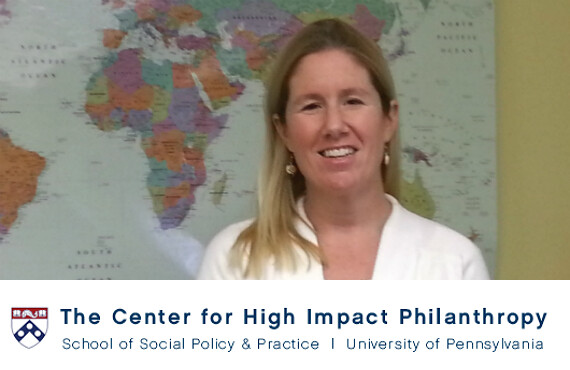Penn’s Center for High Impact Philanthropy Helps Donors With ‘Saving Children’s Lives’
Every year, nearly seven million children will die from preventable causes like diarrhea, pneumonia or measles before they reach the age of 5.
The Center for High Impact Philanthropy at the University of Pennsylvania has launched an online Child Survival Toolkit, showing how donors can help. The online toolkit is the latest resource developed by the Center that provides independent analysis, education and other decision-making tools for donors.
“Saving Children’s Lives: A Global Public Health Toolkit for Donors” gathers information about existing tools and resources and illustrates how simple things, such as breast feeding, insecticide-treated bed nets and keeping newborns warm, can prevent as many as two-thirds of the world’s child deaths.
"There are proven tools and community-based approaches that are ready for donor investment," said Carol McLaughlin, the Center’s research director and a global-health specialist trained in pediatrics and internal medicine. "It provides evidence-based approaches that match the needs on the ground with examples of how organizations effectively and efficiently deliver these solutions, including their estimated impacts and related costs."
The online toolkit outlines how donors can successfully address malnutrition, malaria, newborn health and measles. It answers questions like:
- What are meaningful and achievable goals for donors to target?
- What works and what doesn’t in improving child survival?
- How much does change cost?
- How can donors identify organizations that are best positioned to have the biggest impact?
“Saving Children’s Lives” also illustrates three major strategies for creating impact: treat and prevent now, build systems for the long term and innovate for the future. For each strategy, the toolkit gives examples of specific programs for donors to consider, including fact sheets, detailed analyses and tips on the next steps.
“In the toolkit, donors will find best practice approaches they can support which successfully deliver proven interventions to prevent child sickness and death,” McLaughlin said. “For example, diagnosis and treatment of malaria, diarrhea and pneumonia by well-trained and supervised community health workers can save millions of lives. A package of home-based newborn care delivered by community health workers can cut in half newborn deaths in high-risk areas.”








